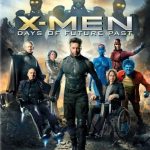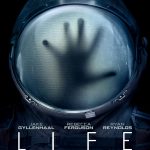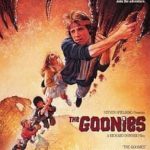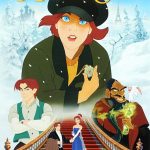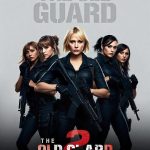Return to Never Land (2002)
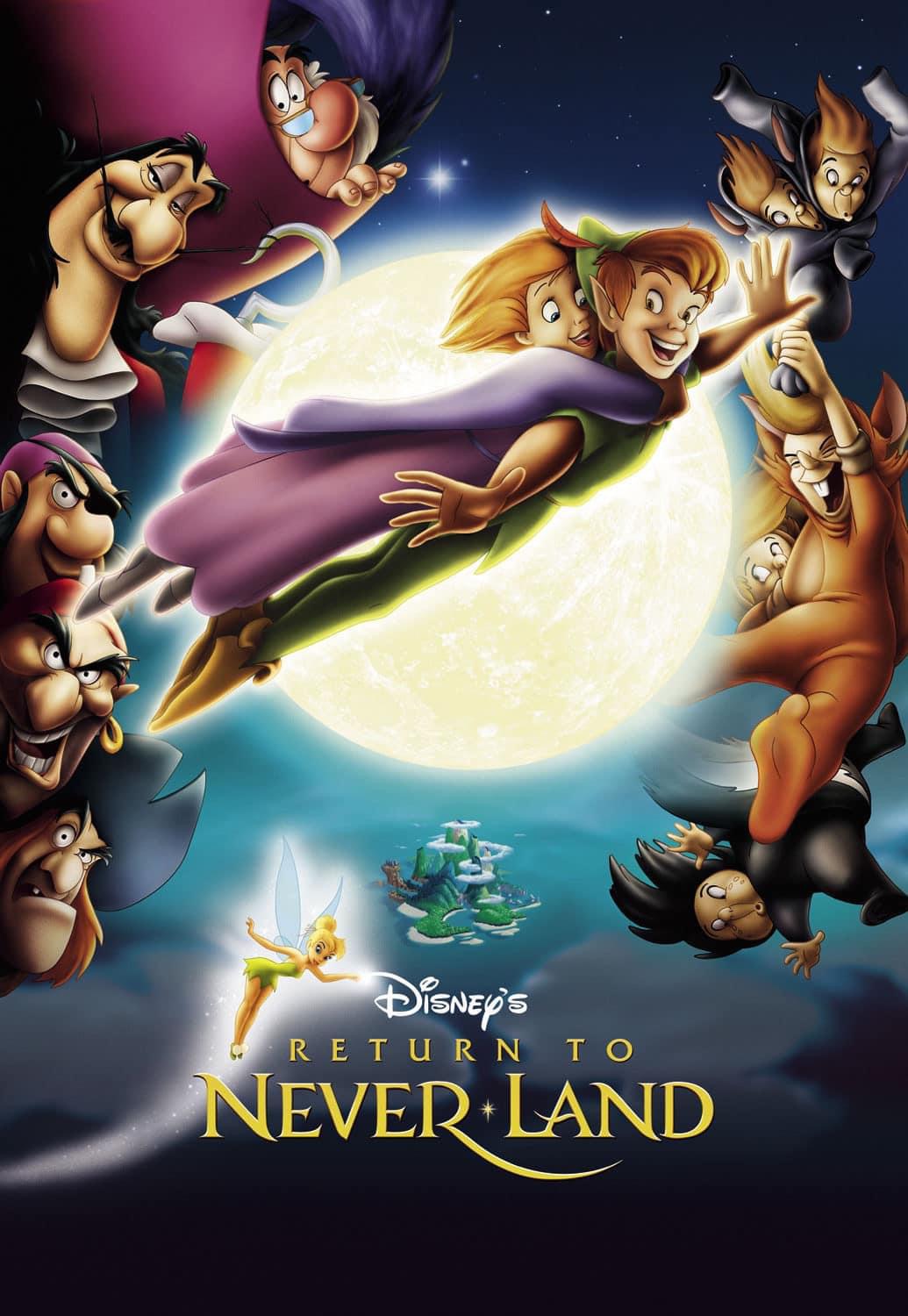
Return to Never Land (2002) is a direct-to-video sequel to Disney’s 1953 classic Peter Pan, produced by Walt Disney Television Animation. Directed by Robin Budd, the film is set several years after the events of the original, following Wendy’s daughter, Jane, as the new protagonist. While it retains many elements of the original film’s whimsical charm, Return to Never Land offers a more modern take on the timeless tale, though it doesn’t quite capture the magic or impact of its predecessor
Suggested videos for you:
Plot
Set during World War II, the story revolves around Jane, Wendy’s daughter, who has grown up in a time of hardship and doesn’t believe in the magic of Never Land. After being evacuated from London during an air raid, she is whisked away to Never Land by Peter Pan, where she must help him and the Lost Boys defeat Captain Hook once again. Throughout the adventure, Jane learns the importance of imagination, belief, and the power of childhood wonder.
While the narrative attempts to mirror the first film’s sense of adventure, Return to Never Land adds more emotional depth, focusing on Jane’s internal conflict between growing up and holding on to the carefree magic of childhood. As she navigates her relationship with her mother and Peter, the film explores themes of loss, maturity, and the importance of embracing both responsibility and imagination.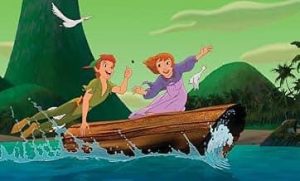
Characters & Performances
The most notable shift in Return to Never Land is the introduction of Jane, who serves as a more grounded, relatable character for a new generation of viewers. Voiced by Harriet Owen, Jane is initially cynical and skeptical, in contrast to the carefree Wendy from the original. While this change adds an interesting layer of character development, it also makes Jane’s journey feel less whimsical compared to Wendy’s more idealistic adventure. Still, her growth and eventual acceptance of imagination and belief are heartwarming.
Peter Pan, voiced by Blayne Weaver, is his usual mischievous self, but he lacks some of the depth and charm of the original character. Similarly, the Lost Boys are back, though they don’t play as significant a role this time around. Captain Hook (voiced by Corey Burton) returns as the villain, but his antics feel somewhat predictable, and his threat is less menacing than in the first film.
Wendy, voiced by Kath Soucie, makes a brief appearance as an adult, now a mother to Jane, which ties the two films together, providing some emotional resonance. Her relationship with Jane adds depth to the story, as it deals with the generational divide between holding on to childhood wonder and accepting the responsibilities of adulthood.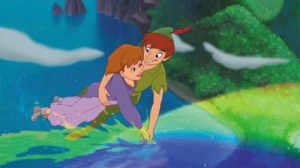
Animation & Visuals
The animation in Return to Never Land is competent but not as groundbreaking as the original film. The characters are well-designed, but the backgrounds, while colorful and vibrant, lack the hand-drawn elegance and fluidity of the 1953 film. The film makes use of more modern animation techniques, but the overall look feels more generic, and the visual charm of the first Peter Pan is not fully replicated.
However, the action scenes are fun and lively, with some exciting sequences involving Captain Hook’s ship and the aerial battles with the pirate crew. The action-oriented approach makes this film feel more like an adventure movie than a classic fantasy tale.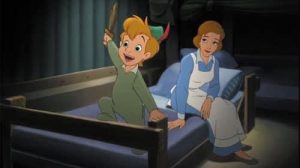
Music & Score
The score, composed by Joel McNeely, is a noticeable step down from the memorable songs of the original Peter Pan. While the film features a few catchy, albeit forgettable, songs, it doesn’t have any iconic tunes like “You Can Fly” or “The Second Star to the Right” that made the original so memorable. The film’s music serves more as background, supporting the adventure and emotional beats but without any standout numbers.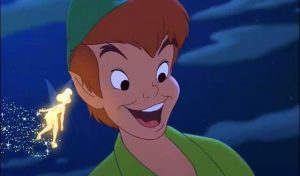
Themes & Emotional Depth
While Return to Never Land attempts to explore deeper emotional themes, such as the tension between childhood innocence and the responsibility of growing up, it doesn’t quite land with the same weight or magic of the original. Jane’s arc of rediscovering her belief in Never Land is sweet, but it can feel somewhat predictable and lacks the timeless, universal appeal that Peter Pan has. The film also doesn’t fully delve into the darker, more whimsical nature of Never Land, which made the original so enchanting.
Conclusion
Return to Never Land is a charming, if somewhat forgettable, sequel. While it does attempt to update the story for a new generation, focusing on a more mature and emotionally conflicted protagonist, it never quite captures the spirit of adventure and wonder that made the original Peter Pan a Disney classic. The animation, while decent, feels generic compared to the timeless beauty of the first film. The music is forgettable, and the story, though heartwarming, lacks the same level of whimsy and magic.
For fans of the original Peter Pan, Return to Never Land offers a nostalgic return to Never Land, but it is unlikely to leave the same lasting impression. It’s a film that works better for younger viewers discovering the world of Peter Pan for the first time, rather than as a continuation of the beloved classic.



